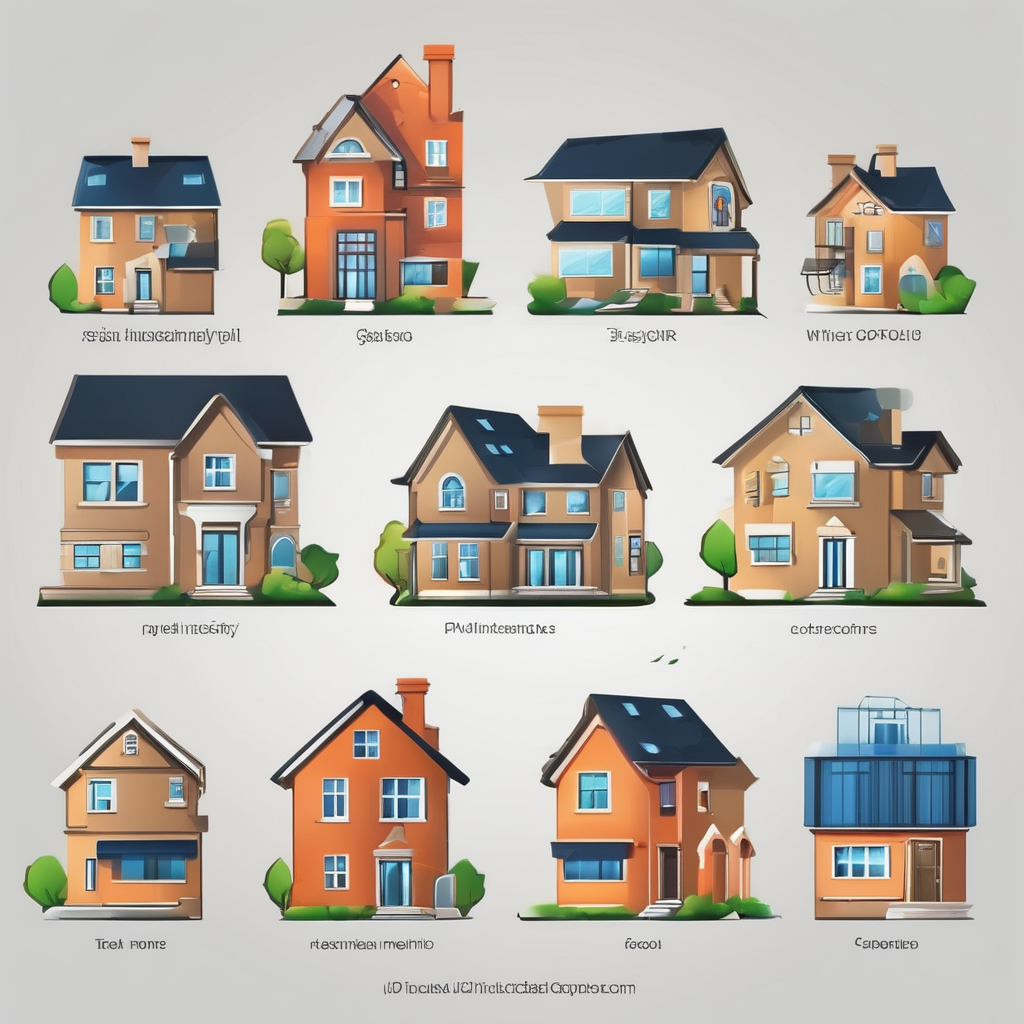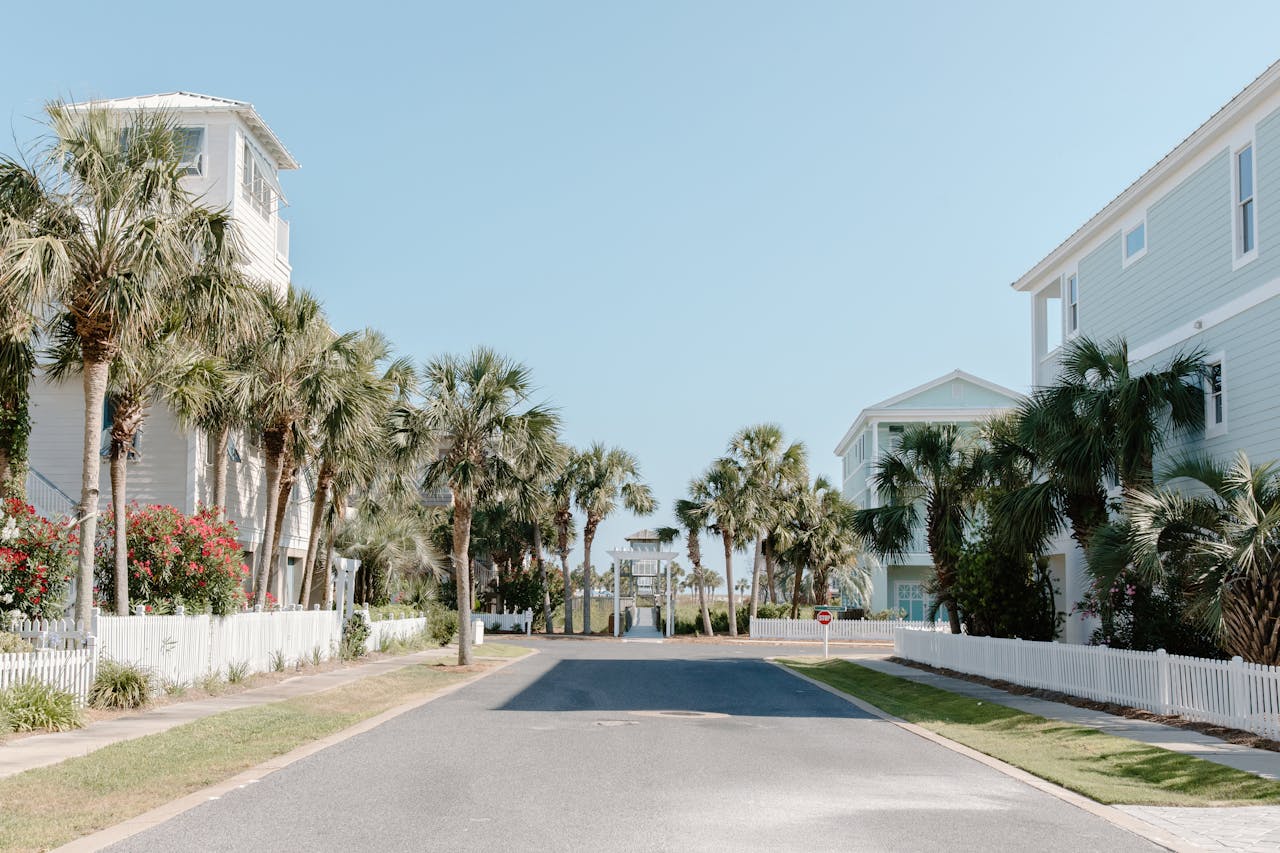Converting a rural barn into a holiday home in the Cotswolds is a dream many property enthusiasts and investors share. The picturesque landscapes, historical charm, and attracting tourists make it a lucrative investment. However, the journey from an agricultural building to a cozy holiday cottage involves meticulous planning, careful budgeting, and a thorough understanding of development rights. This article delves deep into the financial implications, offering an extensive guide for those contemplating such a venture.
Understanding Planning Permission and Development Rights
The initial phase of converting a barn into a holiday home involves navigating the complexities of planning permission and permitted development rights. Planning permission is a legal requirement to ensure that the intended use of the barn aligns with regional development policies and environmental considerations.
Avez-vous vu cela : How does the UK’s new cladding law impact the sale of high-rise flats?
The UK government has made it somewhat easier for such conversions with permitted development rights under Class Q of the Town and Country Planning (General Permitted Development) Order 2015. This allows the conversion of agricultural buildings into dwellings without full planning permission, subject to certain conditions and limitations.
The Cost of Obtaining Planning Permission
While permitted development rights can save time and effort, it’s not always straightforward. You may still need to apply for prior approval, which can incur costs. Application fees for prior approval typically range from £96 to £206, but hiring professional consultants—architects, planners, and surveyors—can substantially increase this amount. Expect to spend between £1,500 and £5,000 for their expertise, guidance, and necessary documentation.
Lire également : What strategies can help landlords in the UK reduce void periods between tenancies?
Potential Roadblocks
Not all barns qualify for conversion under Class Q. Restrictions include the size of the barn, structural integrity, and its impact on local biodiversity. If your barn doesn’t meet these criteria, full planning permission is necessary. This process is more rigorous and costly, involving detailed architectural plans, multiple consultations, and fees that can reach £10,000 or more.
Conversion Costs: From Barn to Bedroom
Once you secure planning permission, the real financial journey begins—converting the barn. This phase can vary significantly in cost based on the barn’s condition, the desired finish, and the extent of modernization.
Basic Structural Changes
Most barns need significant structural work to make them habitable. This includes reinforcing walls, installing a proper roof, adding windows, and ensuring the building meets modern insulation standards. Costs can range from £50,000 to £100,000, depending on the size of the barn and the extent of the work required.
Interior Finishing
Interior finishing is where costs can vary widely, depending on your vision for the holiday home. Bedrooms, bathrooms, a kitchen, and living areas need to be designed and fitted out. High-quality finishes can enhance the property’s appeal but at a higher cost. Budget around £60,000 to £120,000 for interior work, including essentials like flooring, plumbing, and electrical systems, as well as appliances like a washing machine.
Utilities and Infrastructure
Connecting to utilities such as water, electricity, and sewage systems can be expensive, especially if the barn is in a remote location. Expect to spend an additional £10,000 to £30,000 for these essential services.
Financial Viability: The Holiday Letting Market
With the barn converted into a stunning holiday home, the next step is assessing its financial viability in the holiday letting market. The Cotswolds are a popular destination, attracting visitors year-round. However, several factors influence rental income and property management costs.
Rental Income
The rental income depends on the size, location, and amenities of the holiday home. Properties in popular areas like Stow-on-the-Wold or Chipping Norton can command higher prices. A well-appointed barn conversion that sleeps six to eight people can fetch £800 to £1,500 per week during peak seasons.
Occupancy Rates
Occupancy rates in the Cotswolds are generally high, especially during holidays and weekends. A well-marketed property can achieve an occupancy rate of 70% to 80% annually. However, this requires ongoing marketing efforts, listing on multiple platforms, and possibly enlisting a property management company.
Running Costs
Operating a holiday home comes with recurring costs. These include utilities, maintenance, cleaning, and insurance. Property management fees can range from 10% to 25% of the rental income. Budget for these expenses to ensure your investment remains profitable.
Legal and Tax Implications
Understanding the legal and tax implications of owning a holiday home is crucial. This includes knowing your rights and responsibilities as a landlord and staying compliant with local regulations.
Legal Requirements
As a holiday home owner, you must comply with health and safety regulations, including fire safety, electrical safety, and gas safety checks. Failure to meet these standards can result in hefty fines and liabilities. Hiring professionals for regular inspections and maintenance is essential for legal compliance and guest safety.
Tax Considerations
Holiday homes in the UK can benefit from favorable tax treatments. Furnished holiday lets (FHLs) qualify for various tax reliefs, including capital allowances on furnishings and fittings, and a more favorable treatment of rental income. However, to qualify as an FHL, the property must be available for at least 210 days a year and let for at least 105 days. Consulting a tax advisor is recommended to navigate these regulations and maximize your tax benefits.
The Long-term View: Property Value and Market Trends
Converting a barn into a holiday home is not just about immediate rental income; it’s also an investment in property value. The Cotswolds property market has shown consistent growth, making it a promising area for long-term investment.
Property Appreciation
Historically, properties in the Cotswolds have appreciated well, driven by the region’s scenic beauty, historical significance, and strong demand for rural retreats. A well-executed barn conversion can significantly increase in value, offering substantial returns if you decide to sell in the future.
Market Trends
Stay informed about market trends and local developments. The Cotswolds continue to attract both domestic and international buyers, and the trend towards remote working has increased interest in rural properties. This makes it a potentially lucrative market for holiday homes.
Maintaining and Enhancing Property Value
Regular maintenance and upgrades can help maintain and enhance your property’s value. Consider adding premium features like a hot tub, home office space, or eco-friendly installations to attract higher-paying guests and increase rental income.
Converting a rural barn into a holiday home in the Cotswolds is a significant investment, requiring careful planning, substantial financial outlay, and ongoing management. However, the potential rewards—in terms of rental income, property appreciation, and personal enjoyment—can be substantial.
By understanding the planning and development rights, budgeting for conversion costs, assessing market viability, and staying compliant with legal and tax obligations, you can make a well-informed investment decision. The charm of a holiday cottage in the Cotswolds, with its timeless appeal and strong market demand, offers a promising opportunity for those willing to navigate the financial and logistical challenges involved.











